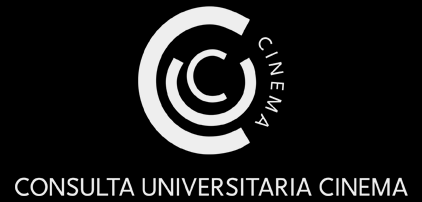At the end of 2017, computer scientist Andrew Yan-Tak Ng labelled Artificial Intelligence as “the new electricity” (and with it, he referred more broadly to automation, robotics, computer vision, big data collection and analysis, etc.). AI becomes, then, the core engine of a forthcoming revolution in many industrial, socio-cultural, scientific and educational realms. On the one hand, this “provocative” reference aims to include these new assets within a complex social, technological and industrial framework, on the other hand, it aims to defuse those dangerous arguments concerning misoneism and technophobia. Moreover, this sensationalist metaphor could represent a paradoxical starting point for our conference: it underscores that every historical research concerning technology must pinpoint (first of all) the “conditions of possibilities” of a media technological network, and that even linear/evolutionist perspective could inspire unusual and brand new excavations.
Thus, the 2019 Udine/Gorizia International Film Studies Conference will investigate the interrelationships between automation, representation and “viewing/listening dispositives” from early to late modernity/postmodernity. In doing this, we would draw on the “1900 episteme” (which is the main feature of the “technical society that come into being in the 17th century and became the flourishing industrial society of 19th century”) and the tripartition spectator (or user)-machine-representation” (Albera and Tortajada, 2010). More precisely, we aim to stress the function of automatism in long-term dynamics of dispossession, integration, training, disorientation, deprivation, proletarization, and rejection of the human being/“subject” as a creator/producer and as a consumer/viewer/listener: how do these dispositives imitate human faculties? And how do they imitate the world that surrounds us? How do they imitate life?
We invite you to send us proposals for papers or panels. Proposals should not exceed one page in length. Please make sure to attach a short CV (10 lines max). The deadline for their submission is October, 25th 2018.
Call for papers
Program






